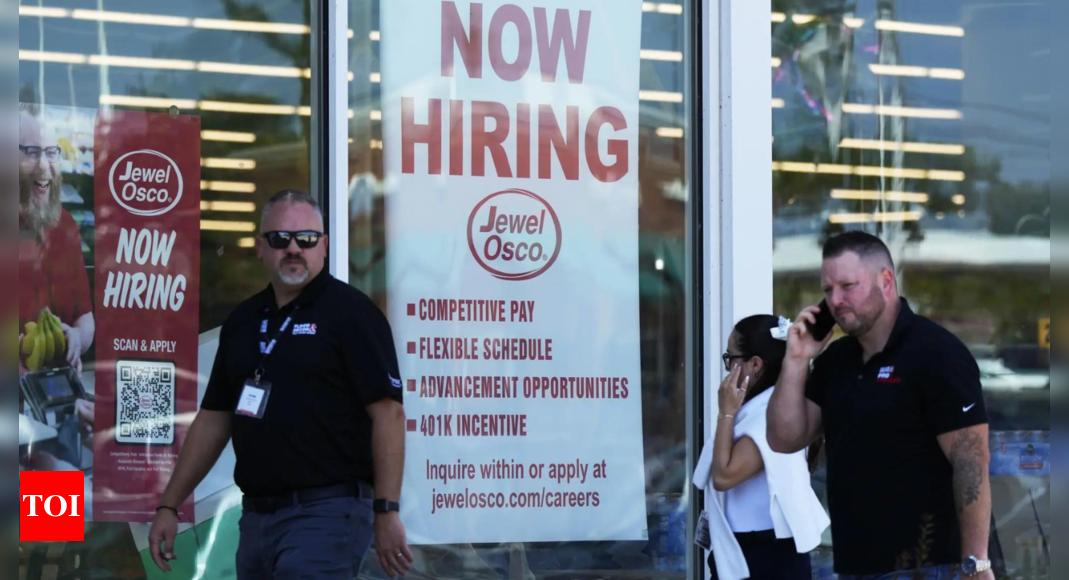
WASHINGTON: The US jobs market cooled much more than expected in July with the unemployment rate reaching the highest since late 2021, government data showed Friday, paving the way towards post-pandemic interest rate cuts.
The world’s biggest economy added 114,000 jobs last month, down from June’s revised 179,000 figure, said the Department of Labor.
The jobless rate rose to 4.3 percent, the highest level since October 2021, according to government data.
The report brings the Federal Reserve a step closer to its first rate cut after the Covid-19 pandemic — with the economy cooling and inflation moving towards officials’ two percent target.
“Employment continued to trend up in health care, in construction, and in transportation and warehousing, while information lost jobs,” said the Labor Department.
It added that government employment, which slowed in recent months, was little changed in July.
While analysts have raised concern of the US economy triggering an early recession indicator, Oxford Economics chief US economist Ryan Sweet believes that “this cycle is unique.”
In recent times, unemployment has edged up as more people entered the labor force. This marks less of a risk that a vicious cycle of rising joblessness leads to income loss — and further employment losses, he earlier told AFP.
The world’s biggest economy added 114,000 jobs last month, down from June’s revised 179,000 figure, said the Department of Labor.
The jobless rate rose to 4.3 percent, the highest level since October 2021, according to government data.
The report brings the Federal Reserve a step closer to its first rate cut after the Covid-19 pandemic — with the economy cooling and inflation moving towards officials’ two percent target.
“Employment continued to trend up in health care, in construction, and in transportation and warehousing, while information lost jobs,” said the Labor Department.
It added that government employment, which slowed in recent months, was little changed in July.
While analysts have raised concern of the US economy triggering an early recession indicator, Oxford Economics chief US economist Ryan Sweet believes that “this cycle is unique.”
In recent times, unemployment has edged up as more people entered the labor force. This marks less of a risk that a vicious cycle of rising joblessness leads to income loss — and further employment losses, he earlier told AFP.









